Piriformis syndrome is a neuromuscular condition characterized by the compression or irritation of the sciatic nerve by the piriformis muscle. While it is commonly associated with buttock and leg pain, many individuals also experience hip pain. This article aims to explore the connection between piriformis syndrome and hip pain, highlighting the importance of understanding this relationship.
What is Piriformis Syndrome
Piriformis syndrome occurs when the piriformis muscle, located deep in the buttock, becomes tight, inflamed, or spasms, leading to compression of the sciatic nerve. This compression can result from factors such as muscle strain, trauma, or overuse. Typical symptoms of piriformis syndrome include buttock pain, radiating pain down the back of the leg, and tingling or numbness in the affected leg. However, it is not uncommon for individuals to also experience hip pain alongside these symptoms.
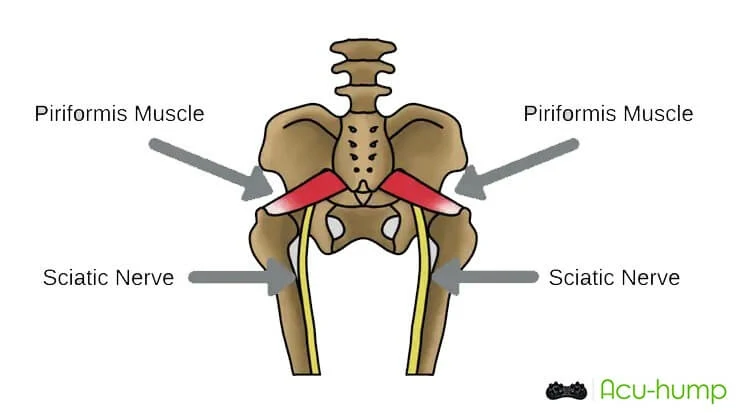
The Link Between Piriformis Syndrome and Hip Pain
The anatomy of the piriformis muscle offers insight into the occurrence of hip pain with piriformis syndrome. The piriformis muscle, which runs from the sacrum (lower back) to the hip joint deep within the buttocks, actively contributes to hip rotation and stability. Hip pain may arise when the hip joint experiences tension or spasms caused by the tightening of the piriformis muscle.

Diagnosing Piriformis Syndrome as a Cause of Hip Pain
Additionally, due to the proximity of the piriformis muscle to the sciatic nerve, compression or irritation of the nerve can result in both leg and hip pain. Accurate diagnosis is essential in determining whether piriformis syndrome is the underlying cause of the hip pain. Healthcare professionals conduct a thorough physical examination to assess muscle tightness, tenderness, or spasms. Certain orthopedic tests help provoke symptoms and provide further evidence of piriformis syndrome. Diagnostic imaging techniques like magnetic resonance imaging (MRI) are employed to visualize the piriformis muscle and eliminate other potential causes of hip pain.
Treatment and Management Approaches
Once diagnosed with piriformis syndrome, several treatment and management approaches can be employed to alleviate symptoms and promote recovery:
Physical Therapy Exercises
Physical therapy practitioners play a vital role in managing piriformis syndrome. They design specific exercises aimed at stretching and strengthening the muscles surrounding the piriformis muscle to improve flexibility and alleviate pressure on the sciatic nerve. These exercises may involve performing hip stretches, gentle hamstring stretches, and targeted strengthening exercises for the hip and core muscles.
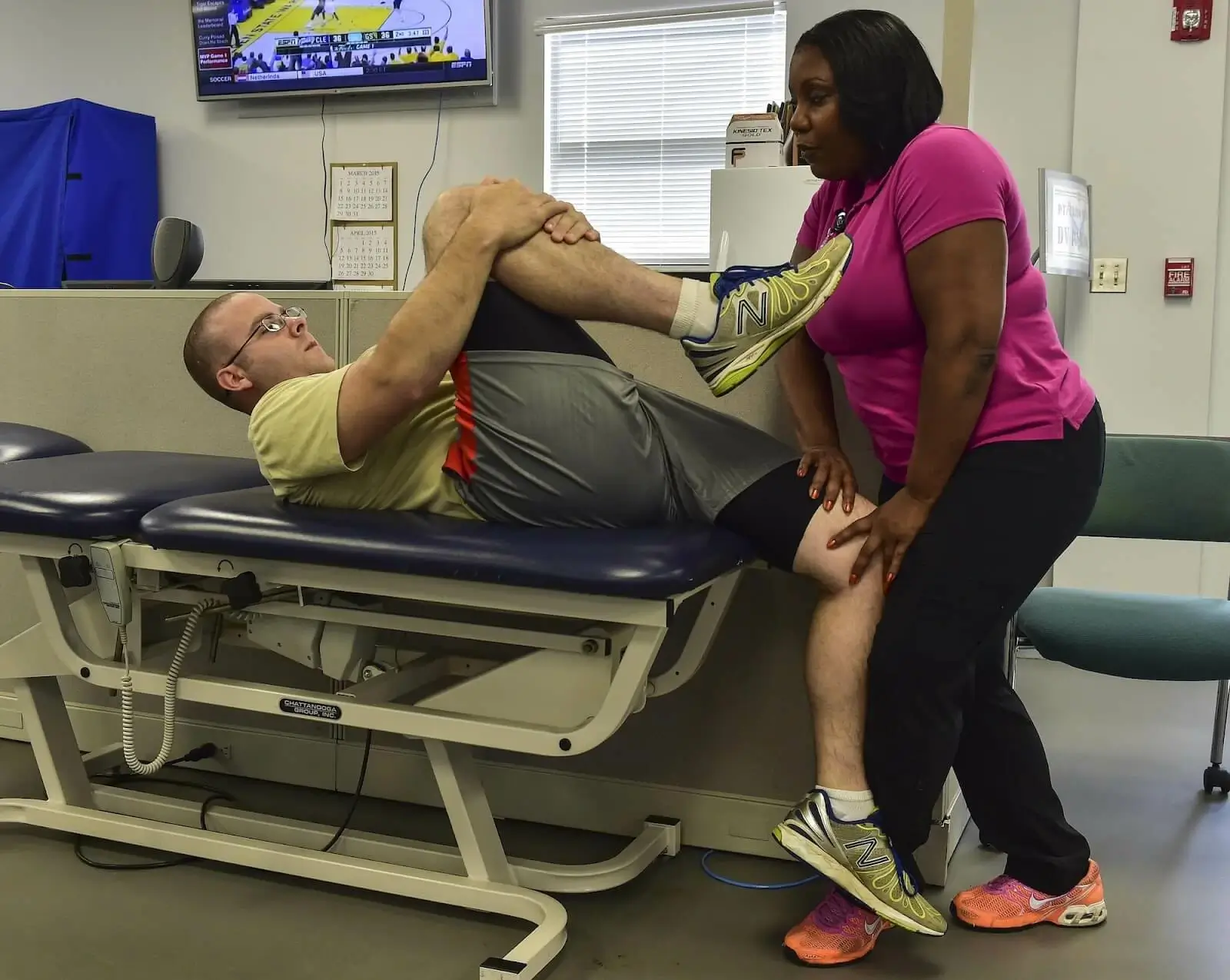
Massage Therapy
Massage therapists utilize various techniques to relax and release tension in the piriformis muscle. They employ deep tissue massage to focus on the affected muscle, enhancing blood flow and reducing muscle tightness. Techniques such as trigger point therapy specifically target knots or trigger points in the muscle, resulting in pain relief and restoration of normal muscle function.
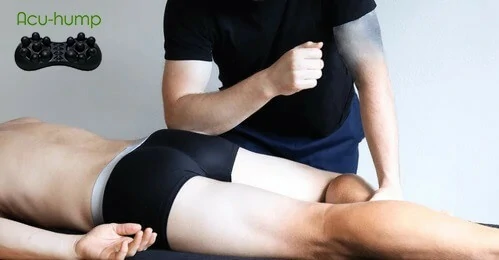
Stretching Techniques
Directly stretching the piriformis muscle can help reduce tension and alleviate symptoms. One effective stretching technique involves crossing the affected leg over the opposite knee and gently pulling the knee toward the opposite shoulder until a stretch is felt in the buttock region, known as the piriformis stretch. Another option is the figure-four stretch, where the affected leg is crossed over the opposite thigh, and gentle pressure is applied to the knee, inducing a stretch in the hip area.
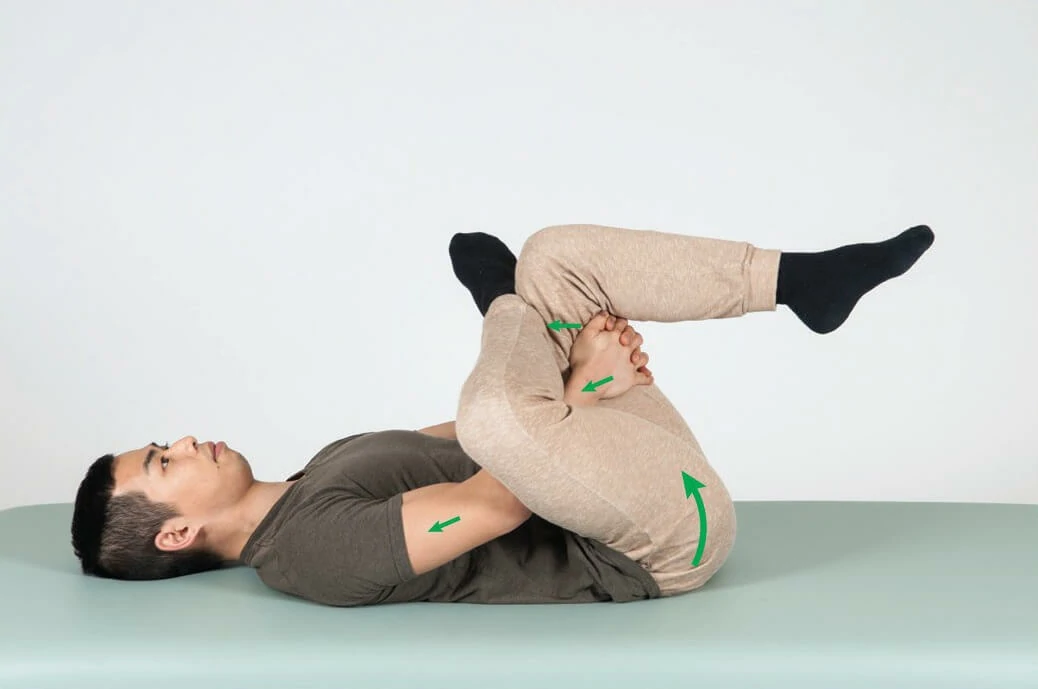
Acu-hump for Stretching
The Acu-hump, a specialized tool, aims to stretch and relieve tension in the piriformis muscle. By placing the Acu-hump under the affected buttock and applying gentle pressure, the muscle can be passively elongated, promoting relaxation and reducing tightness.
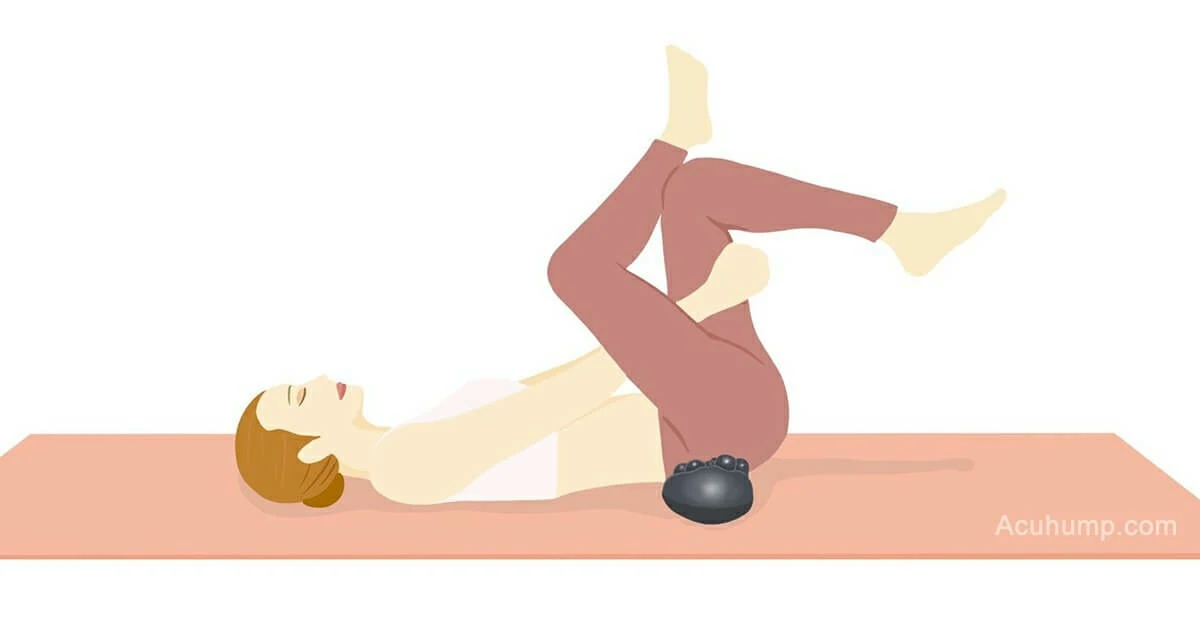
When utilizing the Acu-hump for stretching, it is essential to initiate gentle and controlled movements. By placing the Acu-hump under the affected buttock and slowly applying pressure, the piriformis muscle can be passively stretched. It is crucial to avoid exerting excessive force or overstretching, as this can potentially worsen the symptoms. Following proper instructions or seeking guidance from a physical therapist ensures the safe and effective use of the Acu-hump.


Acu-hump: 30-day return policy.
You have no risk.
Symmetrical 14 pressure point nubs are based on the principle that pressure applied to deep tissue can activate the nervous system and release muscle knots.
Combined with the hump shape designed for stretching muscles, these help to relieve your muscles, reduce tension and improve circulation.
5. Heat and Ice Therapy
Applying heat or ice to the affected area can provide temporary relief for piriformis syndrome symptoms. Heat therapy helps increase blood flow and relax muscles, while ice therapy can reduce inflammation and numb the area, relieving pain. Alternating between heat and ice can also be beneficial.
6. Non-Steroidal Anti-Inflammatory Drugs (NSAIDs)
Over-the-counter NSAIDs, such as ibuprofen or naproxen, can help reduce inflammation and manage pain associated with piriformis syndrome. These medications should be used according to the recommended dosage and as advised by a healthcare professional.
In cases where conservative measures are ineffective or if symptoms persist, corticosteroid injections may be considered to reduce inflammation and provide temporary relief. Surgical intervention, such as the release of the piriformis muscle, is a relatively rare option and is typically reserved for severe orrefractory cases of piriformis syndrome that do not respond to conservative treatments.
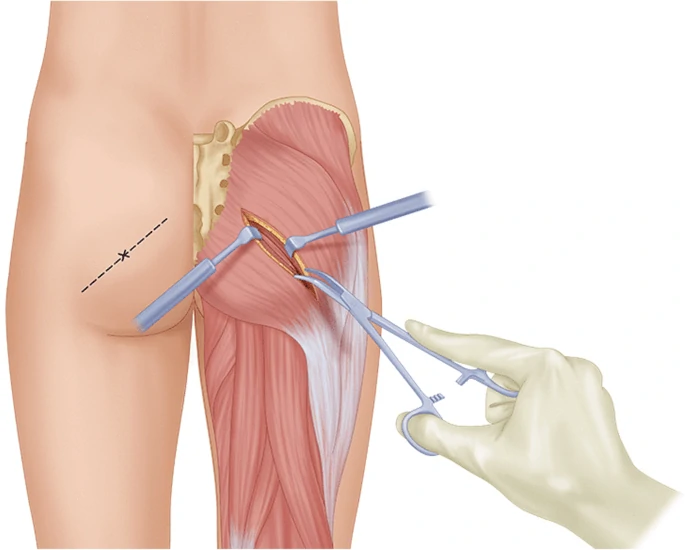
Prevention and Lifestyle Modifications
Preventing the development or recurrence of piriformis syndrome can help minimize the risk of hip pain. Individuals can take proactive steps such as maintaining good posture, avoiding prolonged sitting or standing in the same position, incorporating regular stretching and strengthening exercises for the hip and lower back muscles, and practicing proper body mechanics during physical activities. Additionally, making ergonomic adjustments, such as using supportive chairs or cushions, can reduce stress on the piriformis muscle and hip joint.
In conclusion, piriformis syndrome can indeed cause hip pain. The compression or irritation of the sciatic nerve by the piriformis muscle can lead to not only buttock and leg pain but also pain in the hip joint. Understanding this relationship is essential for accurate diagnosis and appropriate treatment. Healthcare professionals can use various physical examination techniques and diagnostic tests to identify piriformis syndrome as the underlying cause of hip pain.
Treatment options range from conservative measures like physical therapy and medication to more invasive interventions like injections and surgery. By adopting preventive measures and incorporating appropriate lifestyle modifications, individuals can reduce the risk of developing piriformis syndrome and hip pain. If experiencing hip pain, it is crucial to seek medical advice to determine the underlying cause and receive appropriate treatment for optimal outcomes and improved quality of life.

Acu-hump®
Release Butt & Hip
